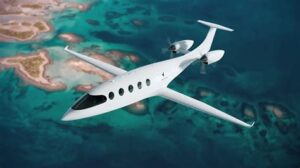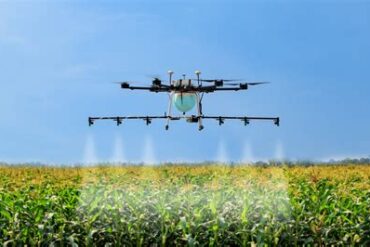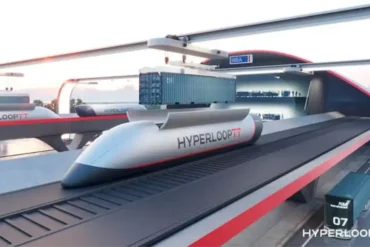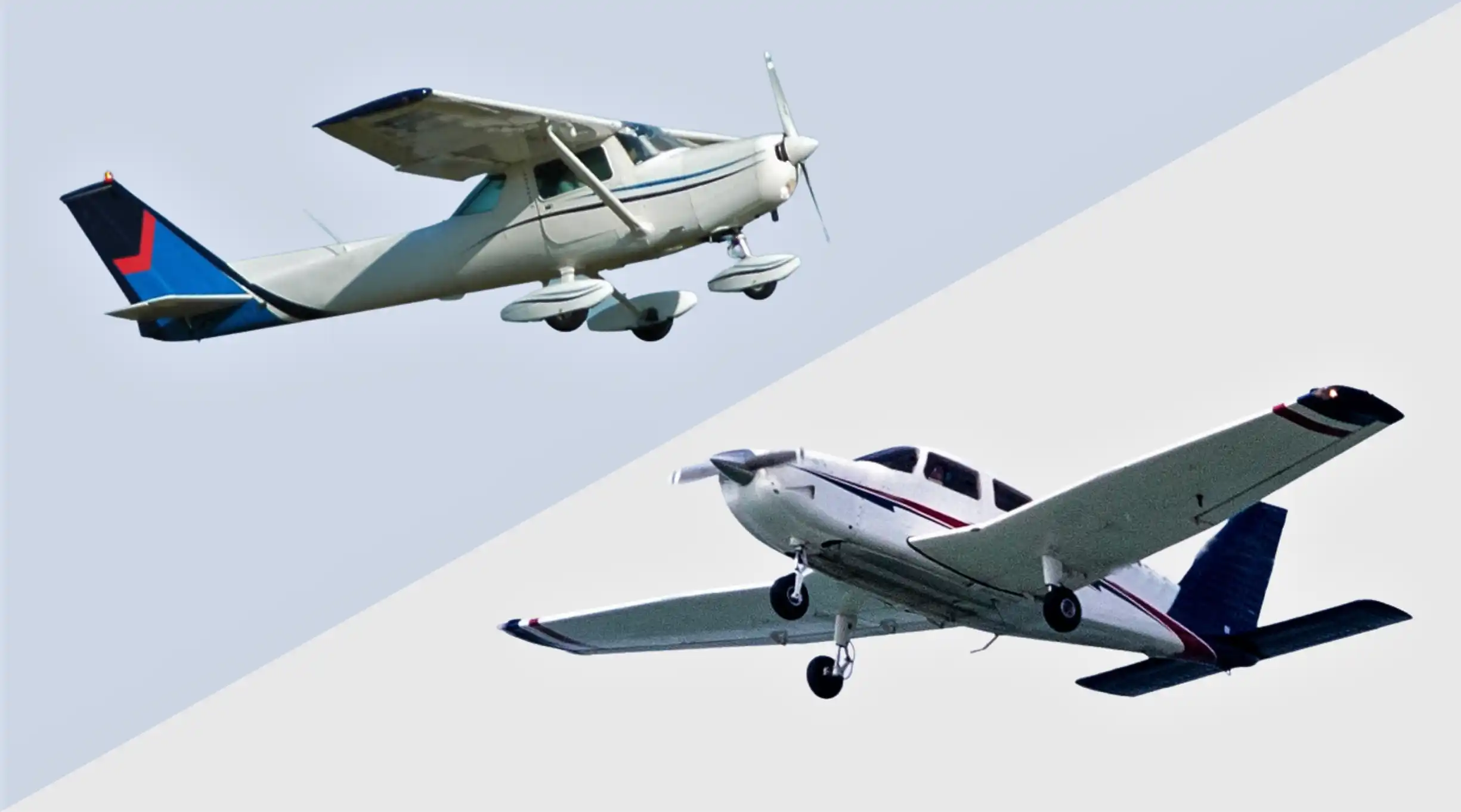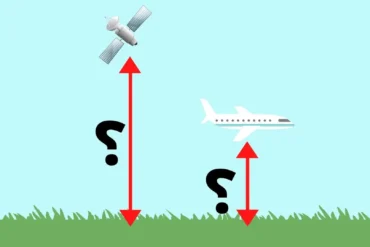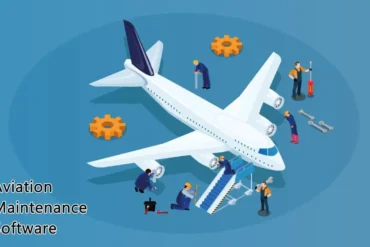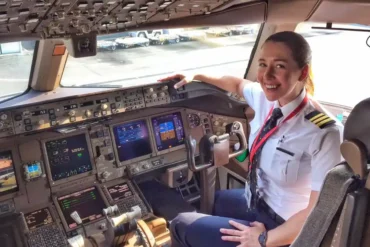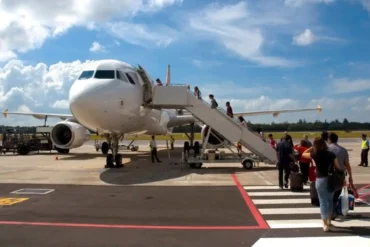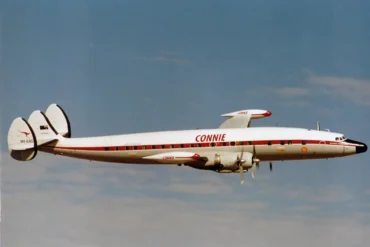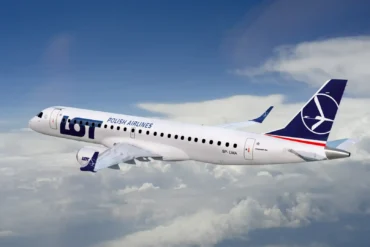Hey there! Let’s talk about something super exciting happening in the world of aviation – the rise of electric aircraft. Yep, you read that right! Instead of using traditional fossil fuel engines, these nifty planes are powered by electric motors and batteries. Pretty rad, right?
Advantages of Electric Aviation
Now, why should we care about electric aviation? Well, for starters, it’s a game-changer for the environment! By ditching those gas-guzzling engines, electric aircraft significantly reduce emissions, which is a massive win in the fight against climate change. Gotta love a sustainable solution, am I right?
But wait, there’s more! These electric motors are real energy-efficient rockstars, meaning they require way less maintenance than conventional engines. This translates to cost savings for airlines and could even lead to more affordable tickets for us passengers – now that’s something to get excited about!
Oh, and let’s not forget about the peace factor. Electric aircraft operate with way less noise than their traditional counterparts. Imagine taking off and landing without that deafening roar – blissful for our ears and the communities around airports.
Last but not least, these electric dynamos can accelerate like nobody’s business. This rapid acceleration allows for shorter takeoff distances, opening up the possibility of operating from smaller airports. Hello, increased connectivity, especially for those remote regions!
Current Electric Aircraft
Alright, enough with the advantages – let’s talk about the real deal! There are already some incredible electric aircraft in the works or undergoing flight tests. Check out these cool cats:
- Alice by the Israeli startup Eviation Aircraft: A fully electric nine-passenger plane designed for regional travel. How’s that for a game-changer?
- eFlyer 2 and eFlyer 4 by Bye Aerospace: Electric training aircraft that are reducing the environmental footprint of pilot training. Gotta start ’em young, right?
Electrifying the Skies: Pipistrel Velis Electro and Beyond
Get this – the Pipistrel Velis Electro just made history as the first electric aircraft to receive type certification from the European Union Aviation Safety Agency (EASA). Woohoo! This two-seater beauty is specifically designed for training and general aviation, showing us a glimpse of the electrifying future ahead.
Challenges and Roadblocks in Electric Aviation
Now, don’t get me wrong – as awesome as electric aviation is, it’s not without its fair share of hurdles. Let’s break ’em down:
Limited Range: The current battery technology, as advanced as it is, still has some limitations when it comes to range. This means electric aircraft are better suited for shorter regional flights for now.
Infrastructure Development: For electric aviation to truly soar, we need a robust network of charging stations at airports. It’s kind of like the chicken and the egg situation, you know?
Regulatory Adjustments: Aviation authorities worldwide need to adapt their regulations and safety standards to accommodate the unique characteristics of electric aircraft. Change takes time, but it’s a necessary step.
The Future Landscape of Electric Aviation
But hey, don’t let those challenges dampen your spirits! The electric aviation industry is buzzing with excitement and optimism. Major players like Boeing and Airbus are investing big bucks into research and development for electric aircraft. Plus, startups and established manufacturers are teaming up to overcome obstacles and bring electric aviation to the masses.
As technology continues to evolve, electric aviation is poised to revolutionize the way we think about air travel. Not only is it a cleaner and more sustainable alternative, but it also offers a quieter and more efficient flying experience. Can you imagine a future where electric aircraft are the norm? It’s an exhilarating prospect, my friend!
In conclusion, the future of electric aviation is unfolding before our very eyes, shaping a travel landscape that’s greener, cleaner, and altogether more eco-friendly. With ongoing advancements in battery technology and infrastructure development, the sky’s the limit for these electrifying aircraft. Fasten your seatbelts and get ready for a sustainable journey like no other!
